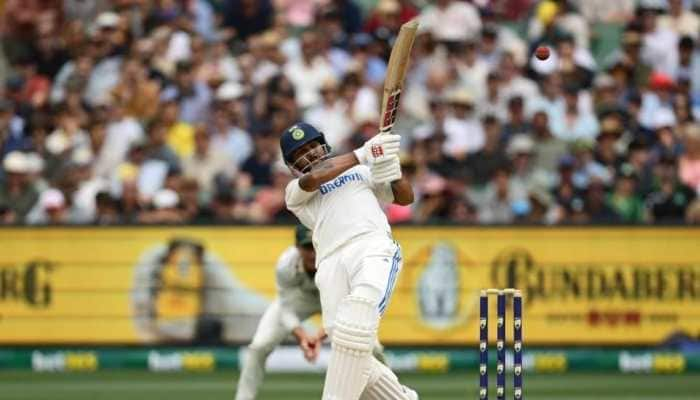India beats China in air pollution deaths in 2015: Report
According to Global Burden of Disease project, India witnessed 50 deaths more than China reported per day in 2015.
Trending Photos
)
New Delhi: A recent data released by the Global Burden of Disease (GBD) project has found that more people died of air pollution in India than China last year.
According to Global Burden of Disease project, India witnessed 50 deaths more than China reported per day in 2015.
Also Read: Five ways particulate matter affects your health!
In 2015, the country witnessed 3,280 Premature Deaths (fatalities due to Ozone concentration and particulate matter concentration) per day, whereas China had recorded 3,230, according to the recent data.
In 2010, the number of Premature Deaths in India were at 2,863, whereas in China it was at 3,190. Similarly, in 2005 India was at 2,654 and China at 3,332.
So, while Premature Deaths have increased by 23 percent in India over the last decade, China has reversed the trend and recorded a decline of three percent.
Global Burden of Disease (GBD) project has been compiled by the Institute for Health Metrics and Evaluation at the University of Washington in Seattle.
As per the study, the rate of Premature Deaths in India has been increasing at an alarming rate, and from 2,140 deaths per day in 1990, it has reached to 3,280 in 2015.
This is nearly 53 percent increase in premature deaths in the last 25 years, a much sharper increase than in China, which has seen 16 percent increase over the corresponding period as it managed to reverse the trend 2005 onwards.
According to a press statement issued by Greenpeace India separately, these findings corroborate a study it carried out earlier, which showed that for the first time this century, the average particulate matter exposure was higher for Indian citizens than that for the Chinese.
Activists have called for immediate action. "It clearly indicates that China's strong measures to tackle pollution have contributed to the year-on-year air quality improvement on record, while in contrast, India’s pollution levels have increased over the past decade.
"This study must be taken seriously as this a testimony of deterioration of ambient air quality in India and immediate actions must be taken by the concerned authorities," says Sunil Dahiya, Campaigner, Greenpeace India.
Also, Aerosol Optical Depth (AOD) for India and China analysed from NASA satellite imagery depicts air pollution levels rising and intensifying across India while in China there is a reduction in pollution levels from 2005 to 2015
Given the severity of air pollution levels in the country, Greenpeace India has decried plans to ease timeline for implementing the notified emission standards for coal-fired power plants.
"There are sufficient scientific reports to establish that thermal power plants are one of the key contributors to air pollution, yet the government seems comfortable ignoring public health and appeasing the polluters by easing the norms," Dahiya said.
Greenpeace has also urged for a national clean air action plan and adopting a comprehensive approach similar to China, which includes coal consumption caps, emission controls at power plants and industry, tackling the transport and construction sector, checking demolition, and curtailing biomass burning.
The air quality in the national capital, Delhi, deteriorated following Diwali celebrations with the levels of toxic particulate matter – both PM2.5 and PM 10 – reaching 40 times over the safe limits this year. The national caiptal also witnessed its worst spell of smog in 17 years.
With PTI inputs)
Stay informed on all the latest news, real-time breaking news updates, and follow all the important headlines in india news and world News on Zee News.
Live Tv







)
)
)
)
)
)
)
)
)
)
